
Action is emotion.
YT action movie channel: https://t.co/DOERq0pShP
https://t.co/wSET8Lf63V
https://t.co/bkGD2X4yzq
How to get URL link on X (Twitter) App











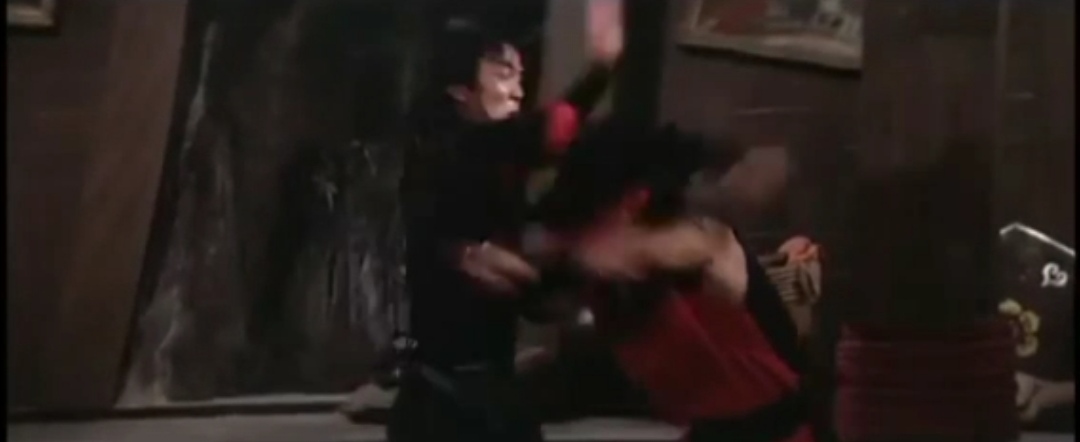







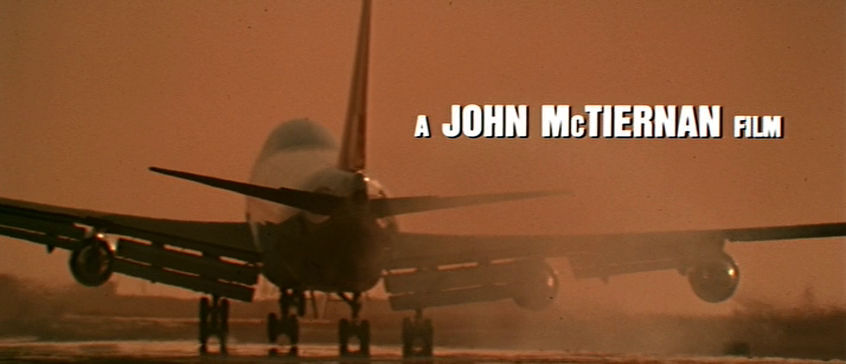

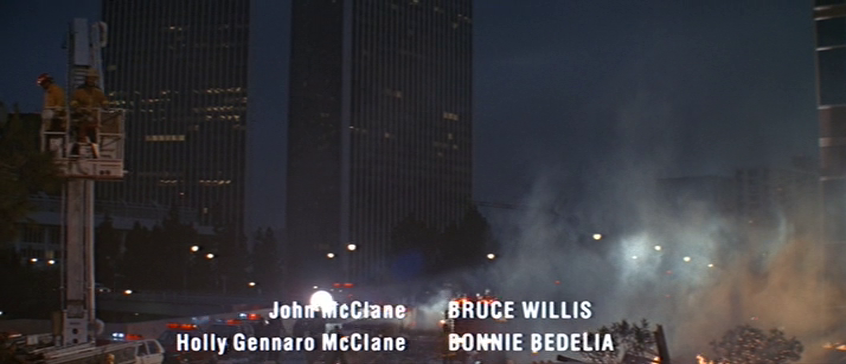



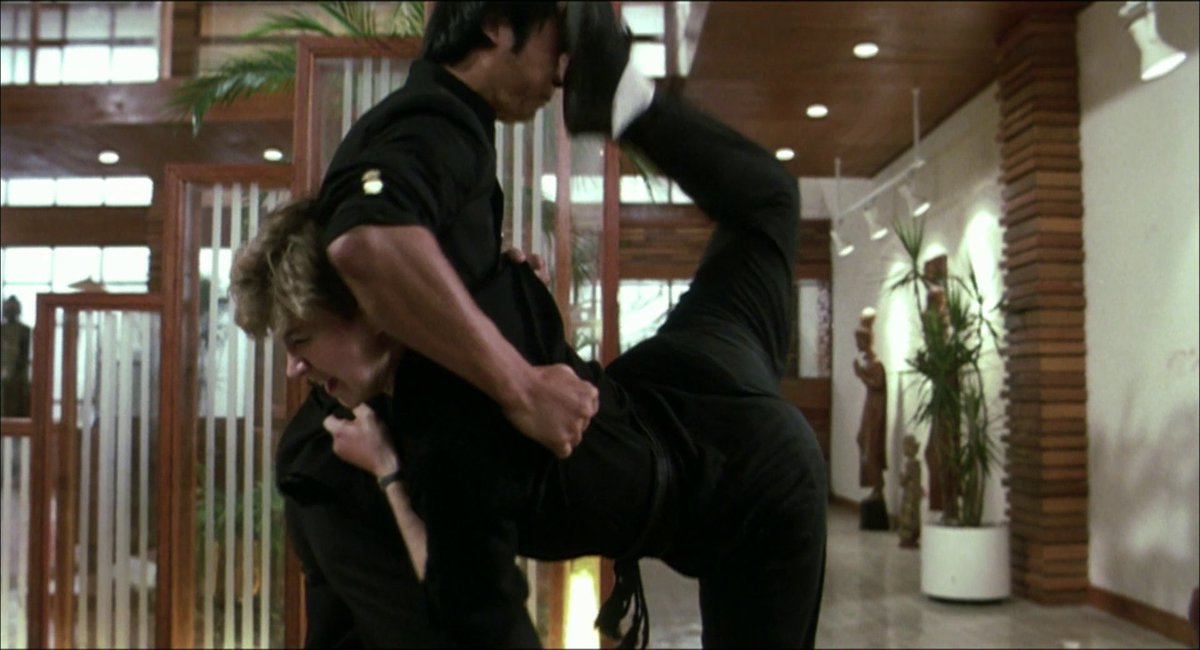





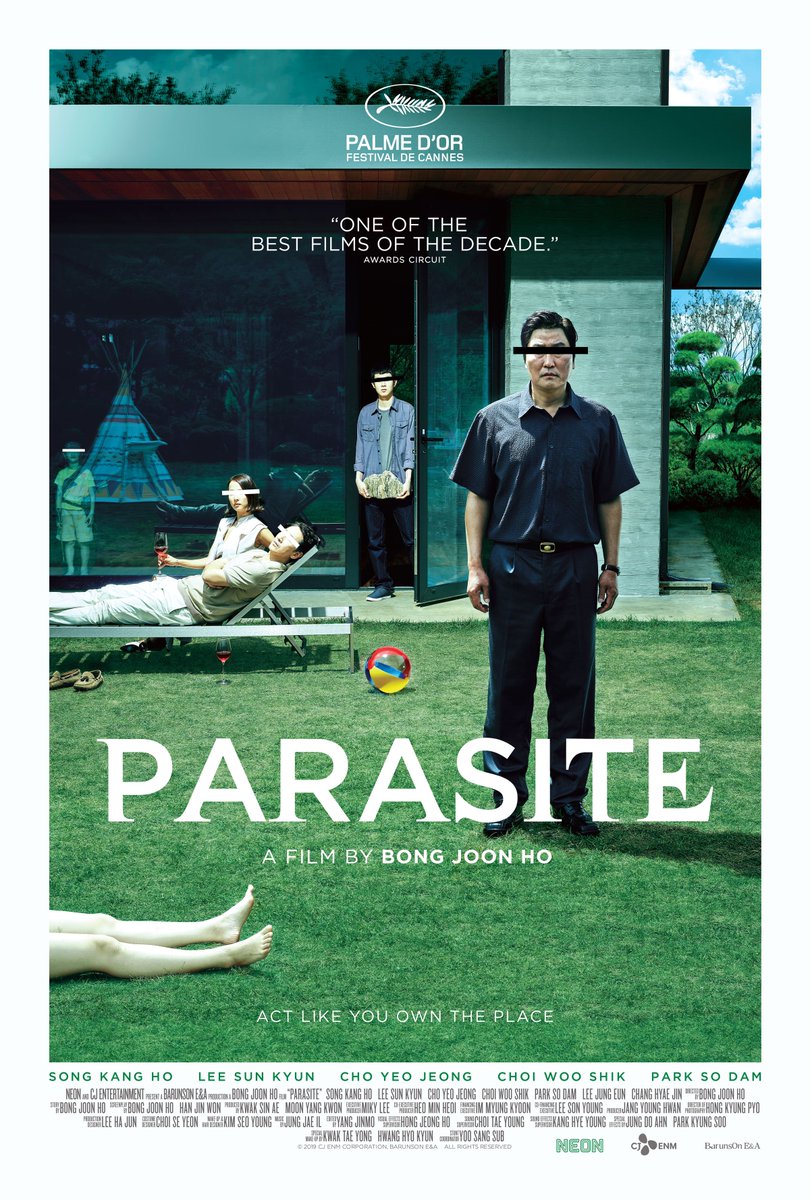
 Consider the recurring series of "car scenes". Bong uses primarily 3 types of shots, and gives them various weight/meaning through editing and other techniques:
Consider the recurring series of "car scenes". Bong uses primarily 3 types of shots, and gives them various weight/meaning through editing and other techniques: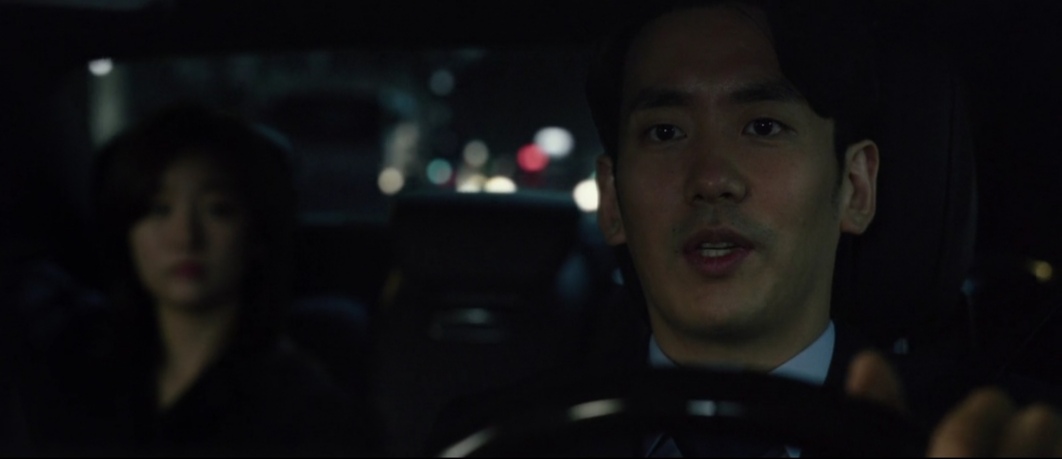




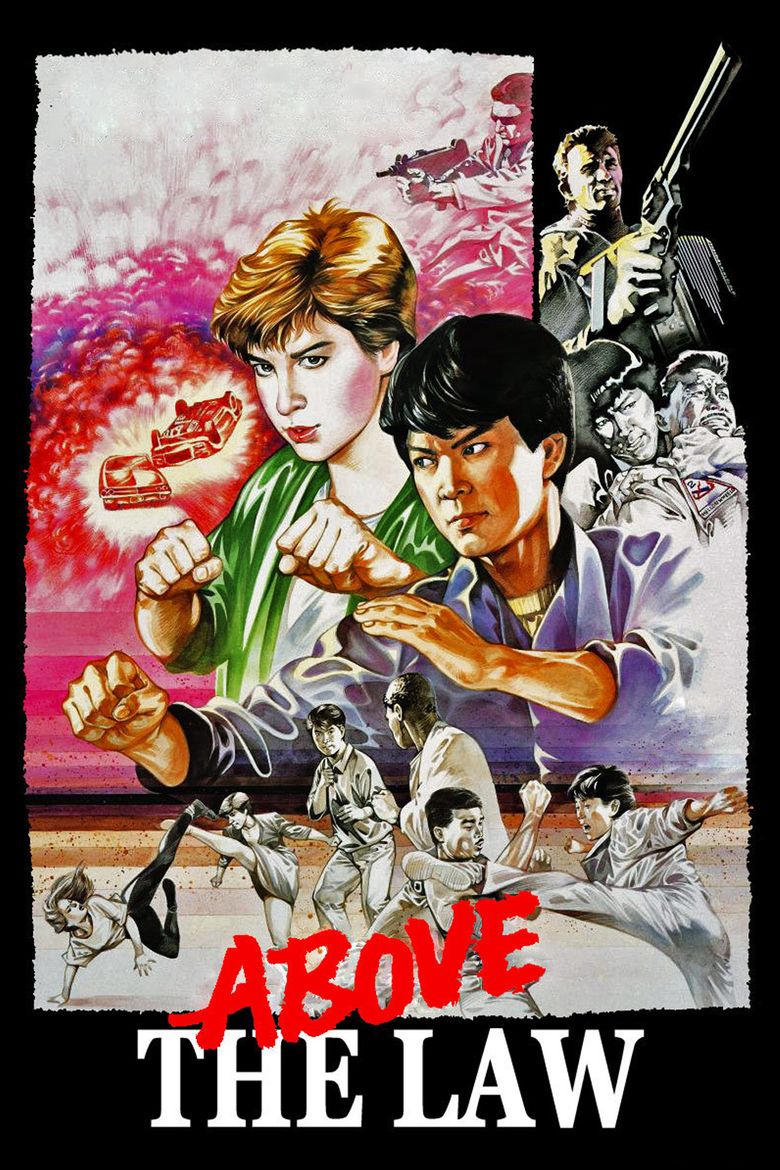

 It started in Hong Kong, then a British colony. Hong Kong films were mainly produced by private funds, with little to no money (and less control) from the state. The first Chinese-speaking sci-fi film was RIOTS IN OUTER SPACE (Wong Tin-lam, 1959).
It started in Hong Kong, then a British colony. Hong Kong films were mainly produced by private funds, with little to no money (and less control) from the state. The first Chinese-speaking sci-fi film was RIOTS IN OUTER SPACE (Wong Tin-lam, 1959). 